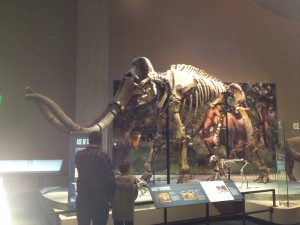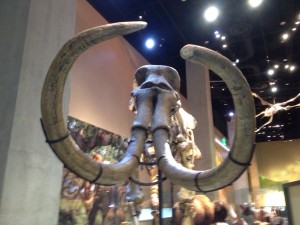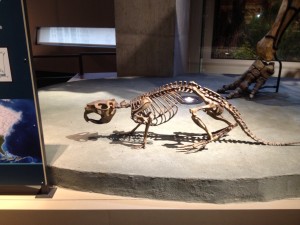“Things just don’t seem to be getting better.” The parent slumps down in the chair, head lowered. “Every time I pick up the room, it gets messy again. Even when I think no one has been there, I walk in and clutter is everywhere. Stuff seems to just throw itself on the floor.” The other parent nods in agreement and asks to the air, “Why is it always more disordered than before?”
Because that’s apparently what the Second Law of Thermodynamics demands.
Simply said, the Second Law states: The entropy of an isolated system increases to a state of such disordered lack of energy that no work can be done.
“Entropy” is the degree of disorder in a system, in a room, in the universe. The Second Law enunciates a universal rule that disorder is on the rise, and it cannot be reversed. Things will and are becoming more disordered, and there is very little in the short term, and nothing in the long run, we can do about it.
The parents stop – their hands touching on the open door to their teenager’s room as they both gaze sadly at the disordered interior. They know empirically (from experience) and analytically (from reason and logic) that, for that room, the trend simply cannot be reversed. They’re stuck. There will come a time, sooner rather than later, when they will have to close the door and buy a new house. No energy will be left, in them or in that room, to work to order the disordered maze. Entropy will have prevailed. Together, they will wait for the moving van and pray for college.
You can do that for a room and a child, but what about the universe? If the universe is all there is, then there’s no place to move to. . . . We’re all stuck in a downward spiral to greater disorder, right?
If the second law is correct, the matter and energy in the universe will degrade to an ultimate state of inert uniformity — which is another way of saying “Boring!” We will all be sitting around on a log floating aimlessly in place on a sea of tepid unmoving water waiting for someone to do, to say, anything; and no one will, because no one has the energy to lift a finger, to make a point. At this point, I think we can say, while we still can, “What is the point of such a law? I’m getting off this log while I can.”
And, you would not be alone. The Second Law of Thermodynamics has been called “the most pessimistic and amoral formulation in all human thought.”
“Let’s change it,” you say, “and formulate something more positive and optimistic and fun.”
I certainly agree, but Sir Arthur Stanley Eddington thought about doing just that and was forced to the position that: “If your theory is found to be against the second law of thermodynamics, I can give you no hope; there is nothing for it but to collapse in deepest humiliation.”
Now, that reminds me of the most wonderful statement of Gimli, son of Gloin, the indefatigable dwarf warrior, near the end of “The Return of the King.” Aragorn (also known as Strider) has just proposed a truly outlandish plan to defeat the evil nemesis Sauron. Strider’s plan is that we, the greatly outnumbered forces of the West, attack the big bad black statue guy with the huge glowing all-seeing red eye and all his orcs, mountain trolls and nazgul flying in the sky. We attack them all, straight on and demand Sauron and the whole mob surrender to us. Gimli gulps, then smiles and says – and you got to love him for this – “Certainty of death . . . small chance of success . . . what are we waiting for?”
It sounds to me like the perfect time for a new approach.
What have we got to lose? That teenager’s room is hopeless. We’re collapsed in deepest humiliation. Our log is going nowhere. Certainty of disorder . . . no hope . . . what are we waiting for?
Let’s give it shot. . . advance on our own, in close rank and sound theoretical formation. Yes, our order is diminished. Yes, we are greatly outnumbered by the sluggish masses of disorder. But . . . we shall demand change! We shall demand order from disorder! Entropy shall not prevail!
I like the ring of that.
Remember the First Law of Thermodynamics: The total amount of mass and energy in the Universe remains constant (it is conserved), merely changing from one form to another. There are different types of energy (mechanical, chemical, electrical, nuclear and others). Energy can change from one type to another. No one is really sure what mass (matter, substance) is, and no one really knows all about how mass relates to energy (activity, work).
Start thinking and don’t worry . . . there’s only a small chance of success.
See you next week,
Grandpa Jim



